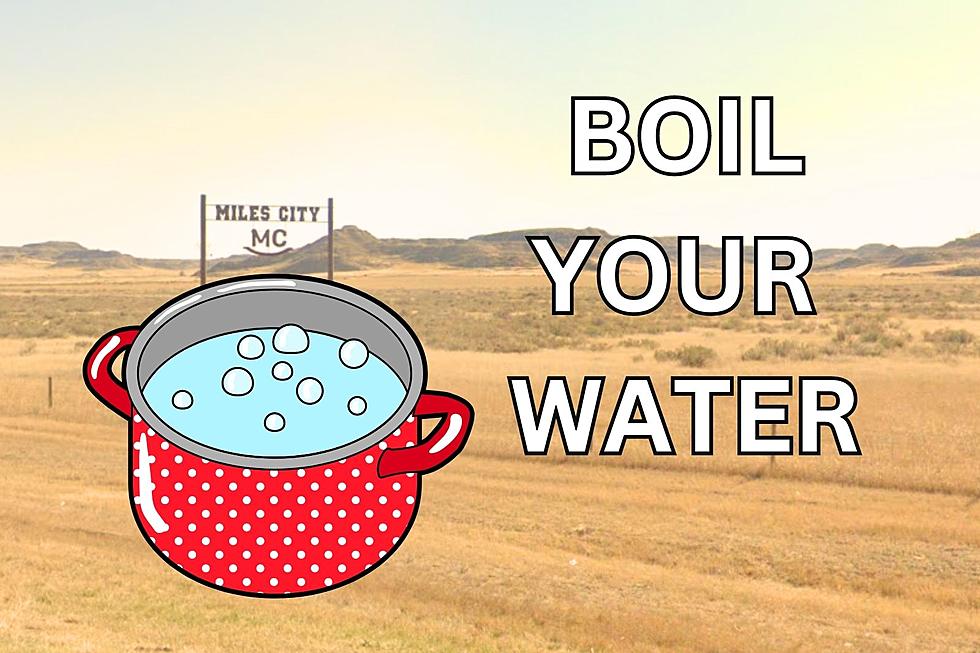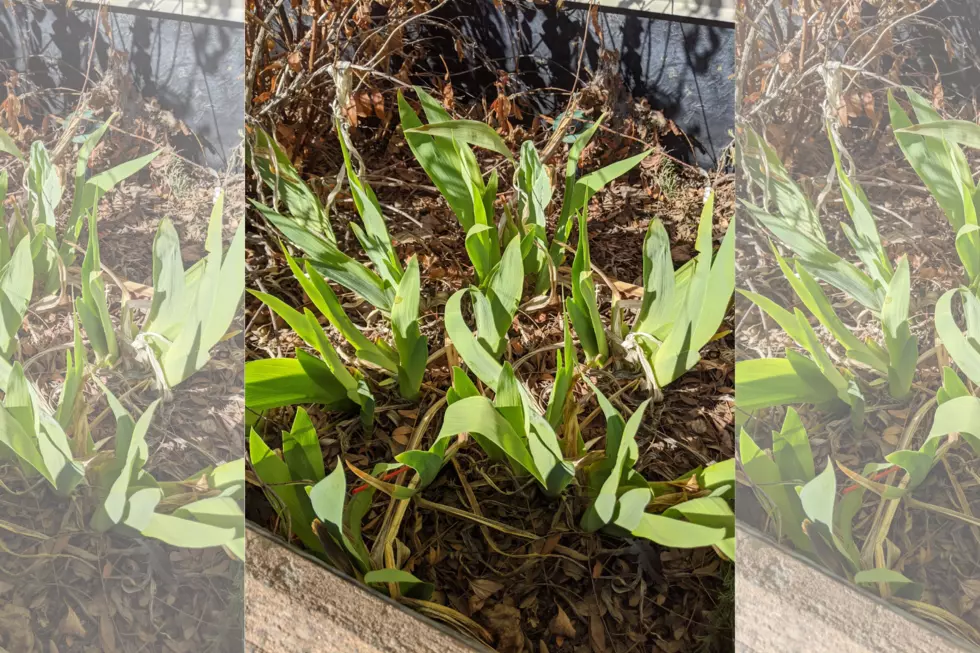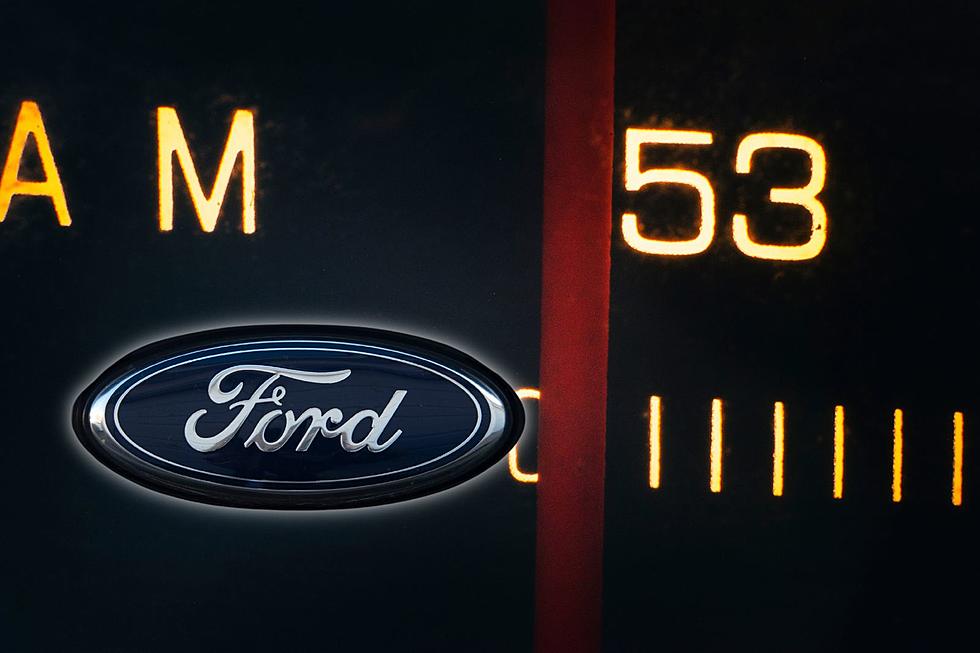40 Years Ago: Art Garfunkel’s ‘Angel Clare’ Album Released
He took his time striking out on his own after the conclusion of Simon & Garfunkel's years as a working partnership, but with 'Angel Clare,' Art Garfunkel got his solo career off to a promising start.
By the time 'Angel Clare' arrived in stores on Sept. 11, 1973, it had been three years since Simon & Garfunkel's breakup, which put a stop to one of rock's most successful duos just as they seemed to be reaching their critical and commercial peak. But rather than follow what probably seemed like the most expedient path by taking advantage of the momentum from their bestselling farewell album 'Bridge Over Troubled Water' -- and duking it out on the pop charts with Paul Simon, who released his self-titled debut LP in 1972 -- Garfunkel took a couple of detours, taking parts in a couple of films and spending some time teaching math at a private school in Connecticut.
When he did finally make his way back to the studio, he opted for some familiar company, hiring longtime Simon & Garfunkel associate Roy Halee to co-produce the sessions with him. And he invited some famous friends along, too; the album's second track, a cover of the Charlie Monroe classic 'Down in the Willow Garden,' found Garfunkel singing along with Simon in a song that also made room for lead guitar from Jerry Garcia of the Grateful Dead.
In fact, while portions of 'Angel Clare' incorporated fresh sounds, and placed Garfunkel's vocals in unfamiliar contexts (including Garcia's mildly skronky 'Willow Garden' guitar and the horn-laced Latin limbo of 'I Shall Sing'), the album didn't shy away from highlighting Garfunkel's most invaluable asset: his voice, which was given plenty of room to soar within a series of smoothly melodramatic arrangements.
'Angel Clare' also wasn't hurt by Garfunkel's impeccable taste in songwriters. Never particularly interested in penning his own material, he'd always benefited from serving as Simon's muse, but here, he proved he knew how to spread the wealth by dipping into the well-stocked songbooks of a stellar group that included Van Morrison, Randy Newman, and Jimmy Webb, who contributed the record's big single (and Garfunkel's only Top 10 solo hit), 'All I Know.'
It all added up to a solid success for Garfunkel, who watched 'Angel Clare' rise up to No. 5 on the Billboard albums chart on its way to selling half a million copies. And while his solo career would never match the critical or commercial heights scaled by Simon, the '70s brought Garfunkel a string of hit records, including 1975's platinum-selling 'Breakaway' and 1977's 'Watermark,' which was reissued in 1978 with a new version of '(What a) Wonderful World' featuring harmony vocals from Simon and James Taylor.
During the '80s, dwindling sales and personal tragedy reduced his output to the occasional album or reunion project with Simon, and he's recorded sporadically in recent years, partly due to a nagging case of vocal paresis that's hindered his ability to sing. But when he's in command of his instrument, there isn't another person on Earth who sounds like Garfunkel -- and he's still growing creatively, as he demonstrated on 2002's 'Everything Waits to Be Noticed,' the album (recorded as a trio with Maia Sharp and Buddy Mondlock) that marked his true songwriting debut.
More From 103.7 The Hawk










